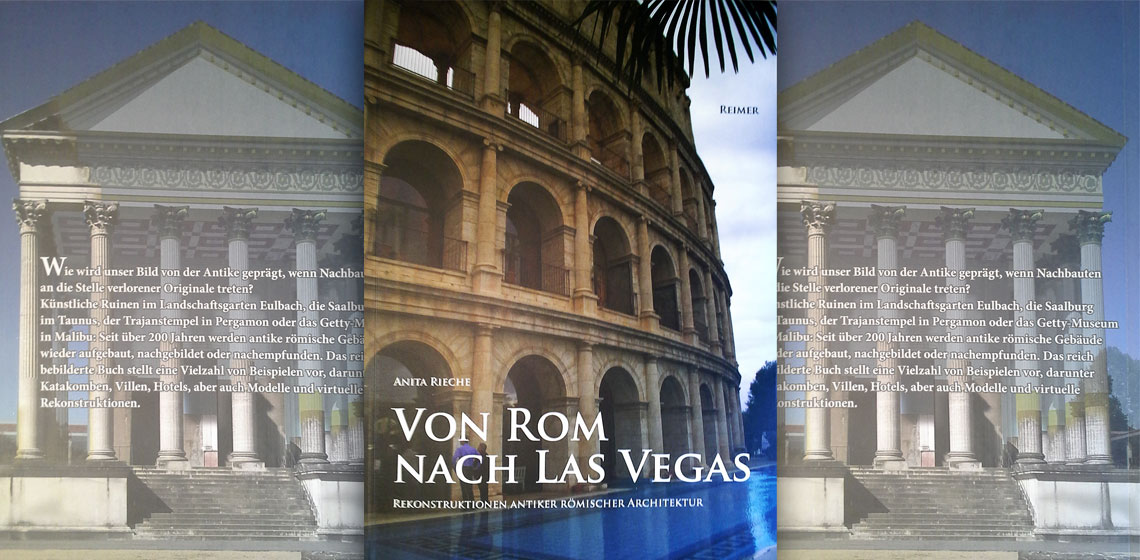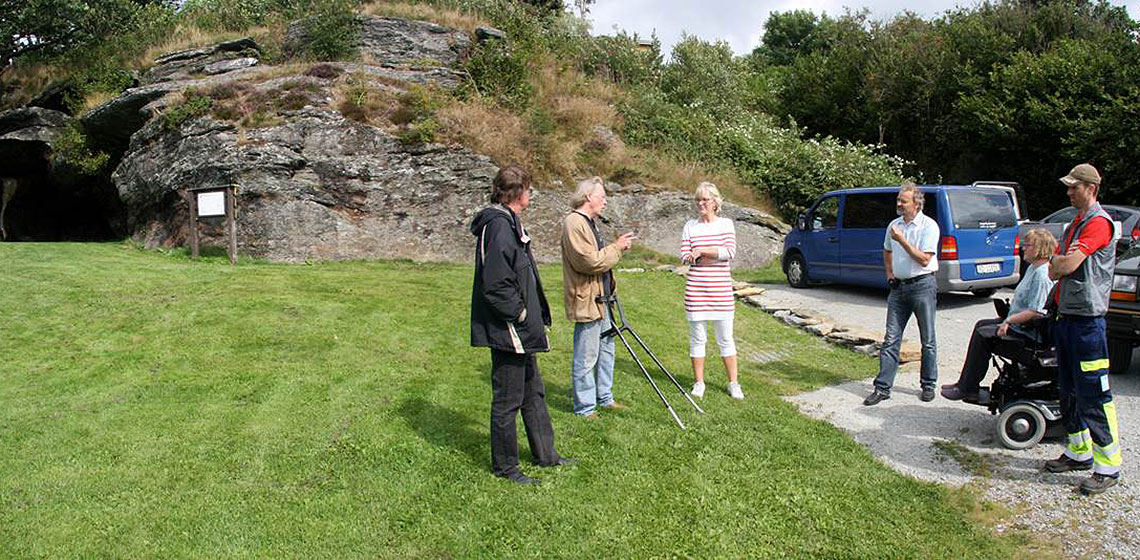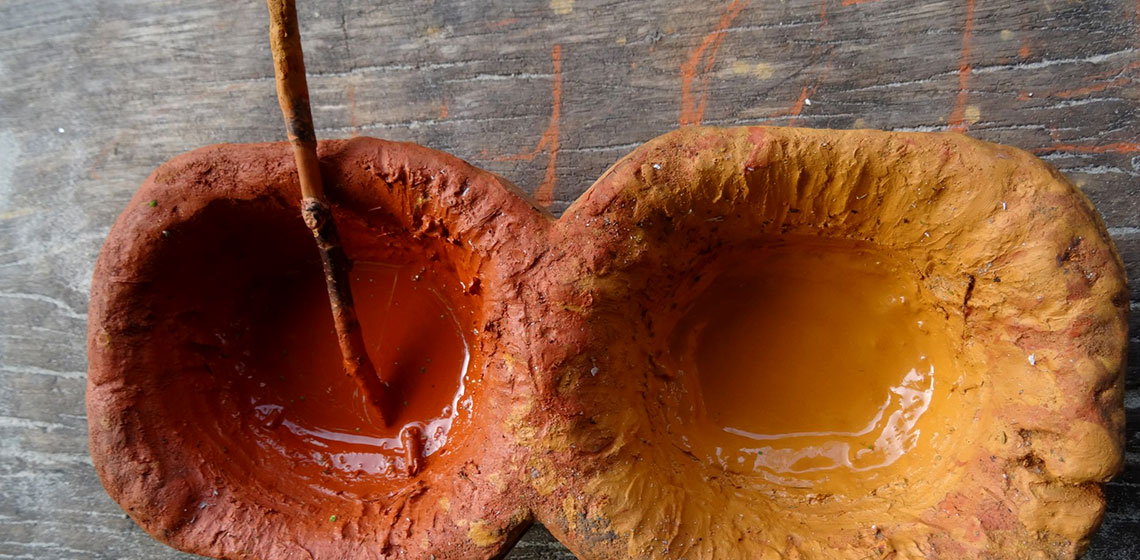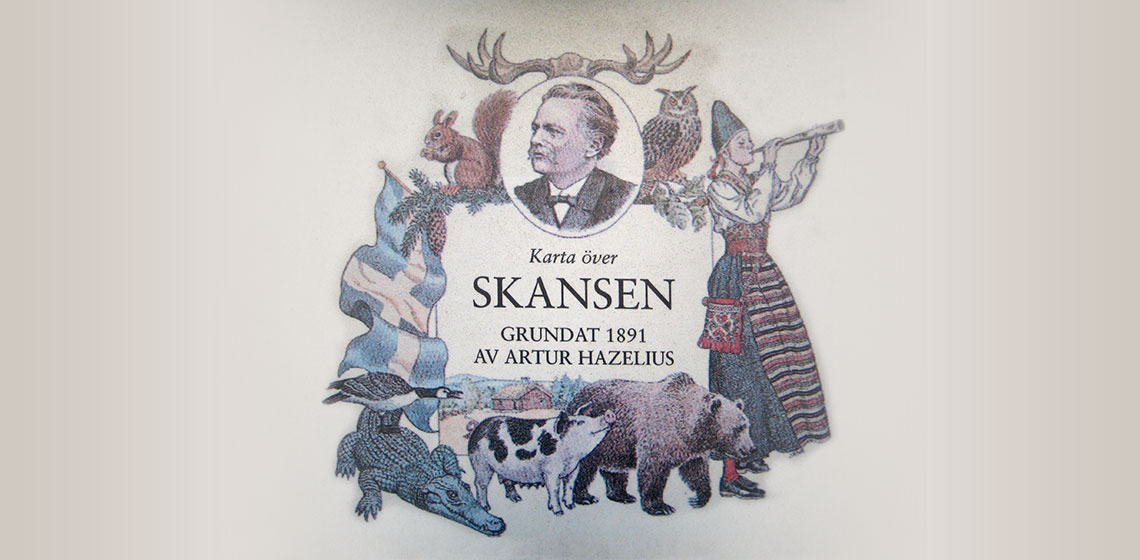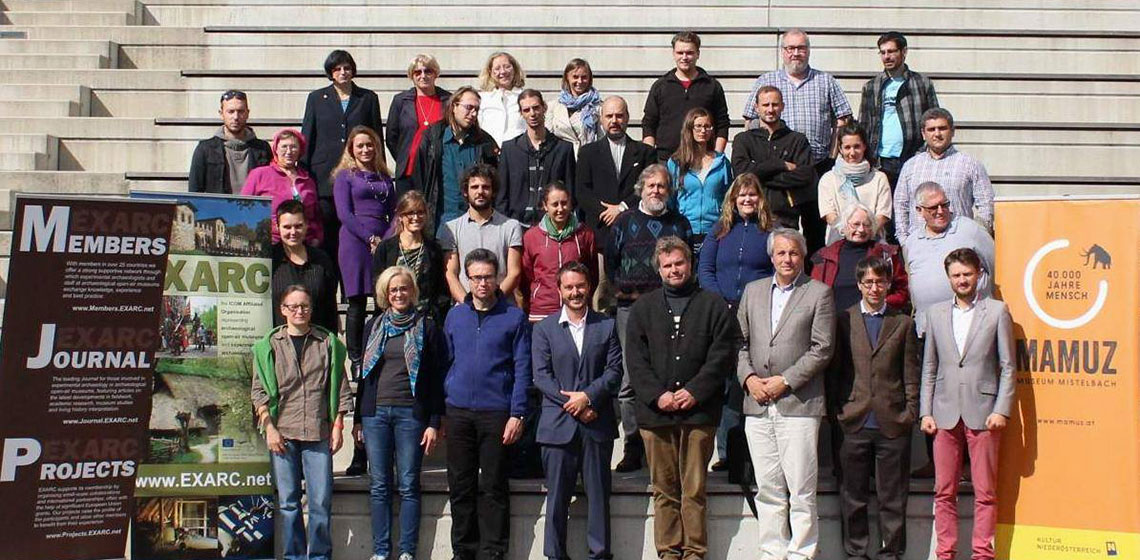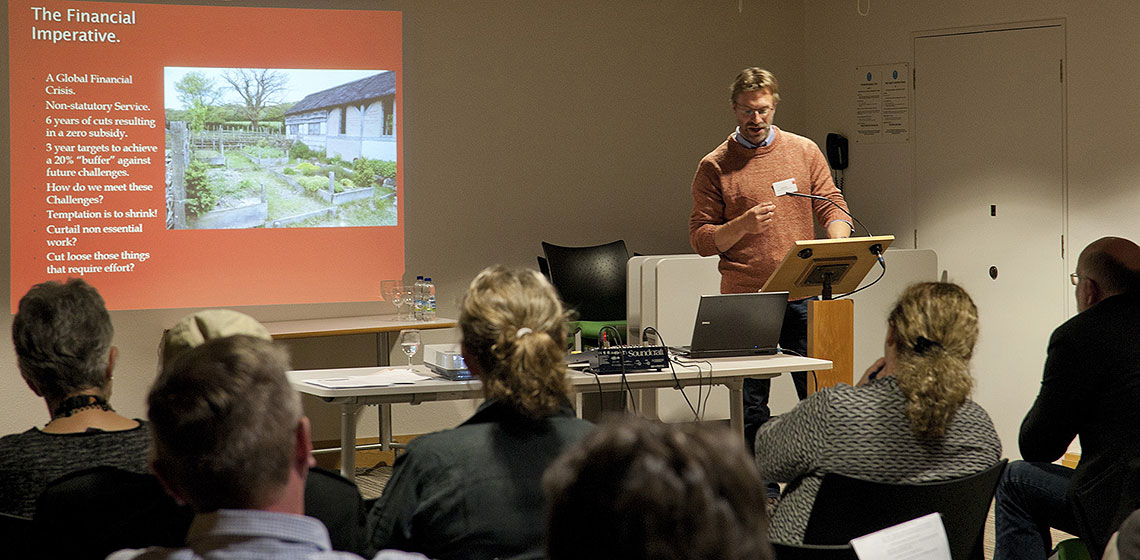Newest Era
Book Review: Recent Publications: Experimental Archaeology in the November 2015 Issue of the Cambridge Archaeological Journal (Volume 25, Issue 4)
Publication Date
In the last quarter of the 1900s, John Coles (1979) and Peter Reynolds (1999) introduced the subject of experimental archaeology, which has gained significant momentumin the past few years. The discipline has become essential for reconstructing past technologies, in addition to supporting archaeological theory.
Book Review: Geschichtstheater. Formen der "Living History" by Wolfgang Hochbruck
Publication Date
National interest in re-production of history started when the Ethnological Commission of Westphalia called together with Freilichtmuseum Cloppenburg, one of the oldest German open-air museums, a conference on the topic of “Living history in the Museum” in 2007 in Cloppenburg, Niedersachsen. Subsequent conferences made it clear that - apart from predictable doubts about the reliability and quality of the reconstructions of historical life-worlds and events - there was a significant dissonance regarding terminologies.
Book Review: From Rome to Las Vegas. Reconstructions of Ancient Roman Architecture by Anita Rieche
Publication Date
For more than 200 years ancient buildings have been reconstructed. Reasons for the reconstruction of Roman architecture in particular are many. People enjoy being surrounded by fully realised reconstructions of ancient ruins where they can be taught in a manner reflecting a museum-like academic rigour...
Access to Cultural Heritage Sites for All
Publication Date
The purpose of Universal Design is to increase people’s opportunities to participate in society through the design of products, services, methods of communication, buildings and built-up spaces that are accessible to as many as possible. Many will suffer from some form of disability at some time in life, either temporarily or long-term...
Tangible and Intangible Knowledge: the Unique Contribution of Archaeological Open-Air Museums
Publication Date
OpenArch Special Digest 2015 Issue 2
***Over the years my personal research interests have focussed on the less tangible elements of the past, such as gender issues, perishable material culture, and the sensory worlds of the past, but all of these have been underpinned by a longstanding appreciation of the role experimental archaeology can play as...
***Over the years my personal research interests have focussed on the less tangible elements of the past, such as gender issues, perishable material culture, and the sensory worlds of the past, but all of these have been underpinned by a longstanding appreciation of the role experimental archaeology can play as...
Looking Back
Publication Date
OpenArch Special Digest 2015 Issue 2
***Over 25 years I have actively worked with knowledge dissemination and bringing history alive. From this experience I have concluded that it has been among the most fantastic developments since museums first started...
***Over 25 years I have actively worked with knowledge dissemination and bringing history alive. From this experience I have concluded that it has been among the most fantastic developments since museums first started...
Making Butser Ancient Farm More Accessible
Publication Date
At Butser Ancient Farm our aim is to help visitors understand more about life in Britain in the distant past. We are also determined to give all our visitors a good experience when they visit. To promote this for every visitor, we need to be aware of the needs of our visitors, whatever they may be...
Conference Review: Archaeological Reconstructions and Tourism, Mistelbach (AT)
Publication Date
EXARC and Urgeschichtemuseum MAMUZ Schloss Asparn/Zaya joined forces to organise an international conference from the 25th to 27th of September 2015, held in Mistelbach, near Vienna focusing on Archaeological Reconstructions and Tourism...
What Does Your Visitor Experience? Making the Most of Live Interpretation in a Unique Setting
Publication Date
OpenArch Special Digest 2015 Issue 2
***Archaeological Open-Air Museums (AOAM) offer a unique setting in which live interpretation can make history come truly alive. For many, or perhaps all, AOAM history is the product being sold to the public. During the five years the OpenArch project has run the partners have spent many hours discussing the...
***Archaeological Open-Air Museums (AOAM) offer a unique setting in which live interpretation can make history come truly alive. For many, or perhaps all, AOAM history is the product being sold to the public. During the five years the OpenArch project has run the partners have spent many hours discussing the...
Conference Review: Managing Archaeological Open-Air Museums: Current Issues, Future Trends
Publication Date
OpenArch: In late May 2015, St Fagans National History Museum in Wales organized a three day meeting in and around Cardiff for OpenArch. This is a European Culture Project with 11 partners that work to improve archaeological open-air museums. The first day of the meeting was a conference on issues and trends in archaeological open-air museums...



